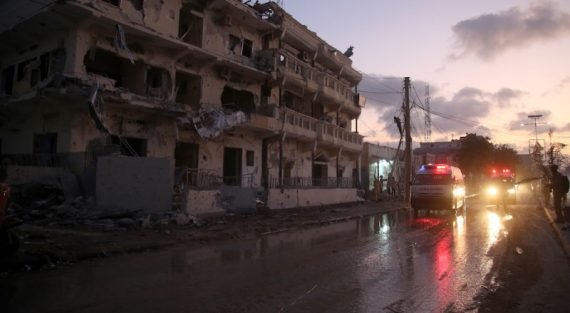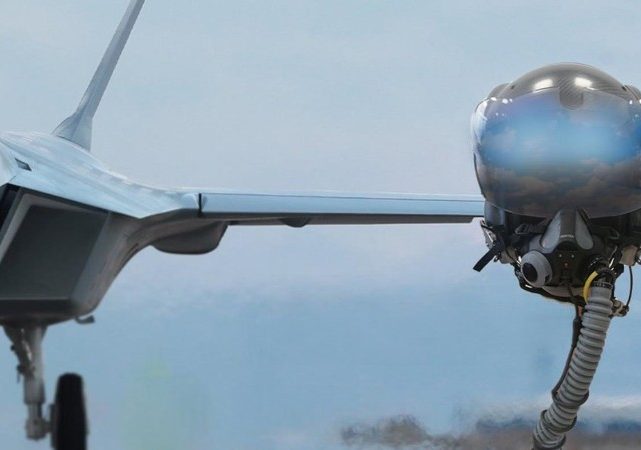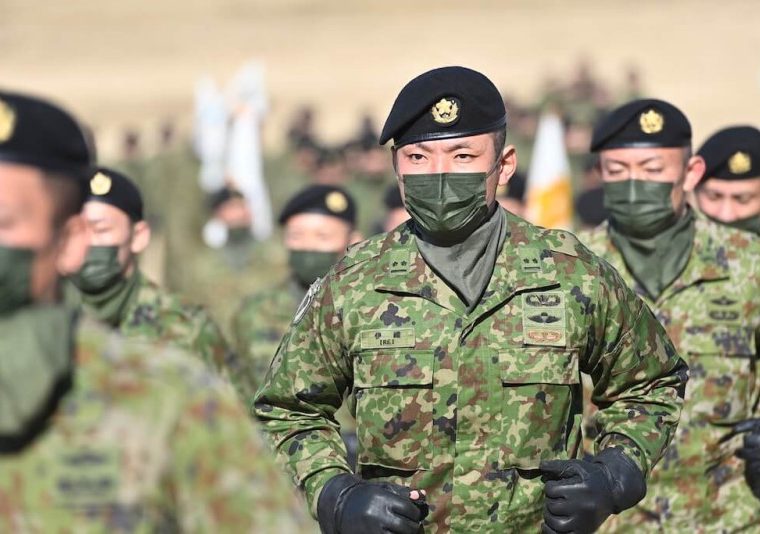T
he rise of terrorism in the Sahel has created an atmosphere of instability that has led to military interventions in Mali, Burkina Faso, Chad, and, most recently, Niger. The states of the Sahel and the Horn of Africa share certain characteristics that make the emergence of terrorism possible: the states in these two regions are weak, non-institutionalized, while the lack of transparency and accountability continues to hamper effective governance processes.
The rise of terrorism in the Sahel and the Horn of Africa is a major concern, not only for the well-being of citizens in these regions, but also because of the impact of instability on neighboring countries and regions. The Sahel region typically includes Mauritania, Burkina Faso, Niger, and Chad. The Horn of Africa includes Ethiopia, Somalia, Eritrea, and Djibouti. Frequent intrastate and interstate conflicts in these regions create an environment conducive to terrorist activity, and the 2011 crisis and overthrow of Muammar Gaddafi in Libya made the Sahel a center of terrorism in Africa.
After participating in the conflict in Libya, Tuareg fighters returned to Mali in 2012 and joined the National Movement for the Liberation of Azawad (MNLA) as part of its efforts to create a breakaway state. Violent extremist groups have also taken advantage of the political instability in Mali to expand their operations into Burkina Faso, Niger, and Chad. This has been achieved with the help of DAESH and al-Qaeda. In the Horn of Africa, al-Shabaab also received support from DAESH to expand its operations from Somalia into Kenya.
Terrorist threats in the Sahel
The countries of the Sahel are struggling with bad governance, economic decline, and complex processes of state development. Various efforts to achieve growth and development have been hampered by the rise of violent extremism perpetrated by terrorist groups. The main terrorist groups supporting violent extremism in the Sahel include Al-Qaeda in the Islamic Maghreb (AQIM), Boko Haram, the Islamic State in the Greater Sahara (ISGS), and Jama’at Nusrat al-Islam wal Muslimeen (JNIM).
Al-Qaeda in the Islamic Maghreb (AQIM) was formed in 2006. It was led by Abdelmalek Droukdel until 2020, when he was killed. AQIM was mainly made up of dissidents who had participated in the Algerian civil war in the 1990s. In the 1990s, the group was called the “Salafist Group for Preaching and Combat.” In the 2000s, the GSPC pledged allegiance to al-Qaeda and aligned its operations with it. As a result, it adopted the name “Al-Qaeda in the Islamic Maghreb” in 2007. Between 2007 and 2010, AQIM operated almost exclusively in Algeria, with some limited operations in Mauritania in late 2007 and Niger in 2008. AQIM was involved in alliances with the Tuareg. In 2012, it led the MNLA against Malian forces.
Al-Qaeda’s activities have far-reaching implications for regional and global politics. As a transnational terrorist organization, al-Qaeda benefits from the use of violence to advance its religious-political agenda. The ever-expanding characteristics of this non-state armed group and its ability to adapt and mutate in different geographical locations make it increasingly difficult to combat. Between 2008 and 2014, AQIM is estimated to have generated $125 million from kidnappings. The ambiguous nature of AQIM’s operations makes it increasingly difficult to track the exact amount of money generated from arms, human trafficking, and kidnapping. Whatever the case, the funding from these illegal activities has allowed the groups to strengthen their fighting capabilities by purchasing modern weapons and attracting young followers.
The Islamic State in the Greater Sahara (ISGS), previously known as Islamic State Sahel Province (ISSP)/IS Sahel, emerged in Burkina Faso in September 2016. In October of the same year, DAESH recognized ISGS as its regional branch in West Africa. The group was led by Adnan Abu Walid al-Sahrawi, who was killed by the French in 2021. Since its creation, ISGS has mainly operated in the border regions of Burkina Faso, Niger, and Mali. It has also carried out sporadic terrorist attacks in Nigeria, Algeria, and Benin.
ISGS is known to have organized indiscriminate attacks against civilians and soldiers. In September 2016, ISGS launched an attack against the Burkina Faso army. This attack resulted in the death of three Burkina Faso soldiers. In October of the same year, the group attempted to destroy the Koutoukale prison in Niger. In 2017, it organized an attack on a U.S.-Nigerian patrol in Niger. Four U.S. soldiers, an interpreter, and five Nigerian soldiers were killed in the attack. In 2019, ISGS was renamed “Islamic State Sahel Province” (ISSP), or “IS Sahel.” IS Sahel’s growing capacity allows it to organize numerous attacks on military positions in the Sahel states. Between 2019 and 2020, the group killed more than 400 soldiers in Burkina Faso, Niger, and Mali.
The terrorist group Boko Haram has also contributed significantly to increasing insecurity and instability in the Sahel and its neighboring countries. Boko Haram was founded by Mohammed Yusuf in 2002. The group began its activities in northeastern Nigeria but has since expanded its attacks to countries such as Chad, Nigeria, and Cameroon, leading to a regional crisis. Boko Haram’s operations are based on aggressive strategies such as guerrilla warfare, suicide bombings, and kidnappings.
Boko Haram derives most of its income from kidnappings for ransom. The terrorist group gained international notoriety in 2014 when they kidnapped 276 girls from a secondary school in Chibok, Borno State, Nigeria. The abduction demonstrated the extent to which the terrorist organization could pursue and achieve its agenda of fighting against Western education. In addition to the Chibok girls, the group has kidnapped numerous foreigners and ordinary civilians, demanding ransom for their release. Boko Haram’s pledge of allegiance to the Islamic State has further strengthened its ability to expand and launch attacks against military and civilian targets across countries.
Violent extremism in the Horn of Africa
Almost all countries in the Horn of Africa have experienced terrorist activity with al-Shabaab standing out as the region’s most significant terrorist group. Al-Shabaab emerged in Somalia in 2004, and in addition to its terrorist activities there, it has also carried out attacks in the neighboring countries of Uganda, Kenya, and Ethiopia. The aim of al-Shabaab is to overthrow the government and establish an Islamic state governed by Sharia law. The group has exploited the weakness of the Somali government to establish bases which it uses to prepare and launch attacks against civilians and the military.
In 2013, al-Shabaab attacked a shopping mall in Kenya, killing 67 people. In 2015, another 148 people were killed in an attack by the group on a university in Kenya. The group organized 14 hotel attacks in Nairobi in 2019. Al-Shabaab’s terrorist activities remain a major concern in Somalia as well. In 2019, the group carried out truck bombings that killed 80 people, while car bombings in Mogadishu killed more than 100 people in 2022.
What is more, both Ethiopia and Eritrea face internal ethnic and political tensions, further complicating regional security dynamics. Yemen may not be part of the region but its proximity means that the Sahel is also vulnerable to the spillover effects of the conflict there.
Counterterrorism efforts
Various efforts are being made to counter the threat of terrorism in the Sahel and the Horn of Africa. Operation Serval was one of the first counterterrorism operations launched by the French army in Mali in 2013. It succeeded in preventing AQIM, the Movement for Oneness and Jihad in West Africa (MOJWA), and Ansar Dine from taking over the Malian capital, Bamako. The operation included numerous air strikes against jihadist groups.
Operation Barkhane, which followed Operation Serval in August 2014, is now responsible for counterterrorism operations in Mali, Niger, Chad, Mauritania, and Burkina Faso. These countries cooperate on security along the G5 Sahel coast. France deployed around 5,100 troops at the height of Operation Barkhane. In Operation Sabre, France deployed special forces and also led the multinational Takuba Task Force, which included special forces from Sweden, Estonia, and the Czech Republic.
The joint multinational task force was established in 2014 to counter the threat of Boko Haram, banditry, and organized crime. The Takuba Task Force was composed of Benin, Niger, Chad, Cameroon, and Nigeria. In 2017, the Sahel states of Mali, Burkina Faso, Chad, Mauritania, and Niger came together to form the G5 Sahel Force mentioned above. This regional counterterrorism force has gathered more than 5,000 troops to neutralize militant groups in the Sahel. In the case of the Horn of Africa, the United States launched a special operation against al-Shabaab.
U.S. forces conducted air strikes, provided military intelligence, and built the capacity of local partner forces to conduct ground operations. This counterinsurgency operation significantly reduced al-Shabaab’s influence. The African Union Mission in Somalia (AMISOM) also played an important role: AMISOM’s operations created the security conditions that allowed humanitarian organizations to operate outside Mogadishu. Between 2011 and 2012, AMISOM was able to reduce the areas under al-Shabaab control.
Recommended





